Peru has been a country of extremes, and it has definitely not left us indifferent. It has some of the most amazing landscapes you can see in the world, some of the best ruins, worldwide known cuisine and great cycling routes.
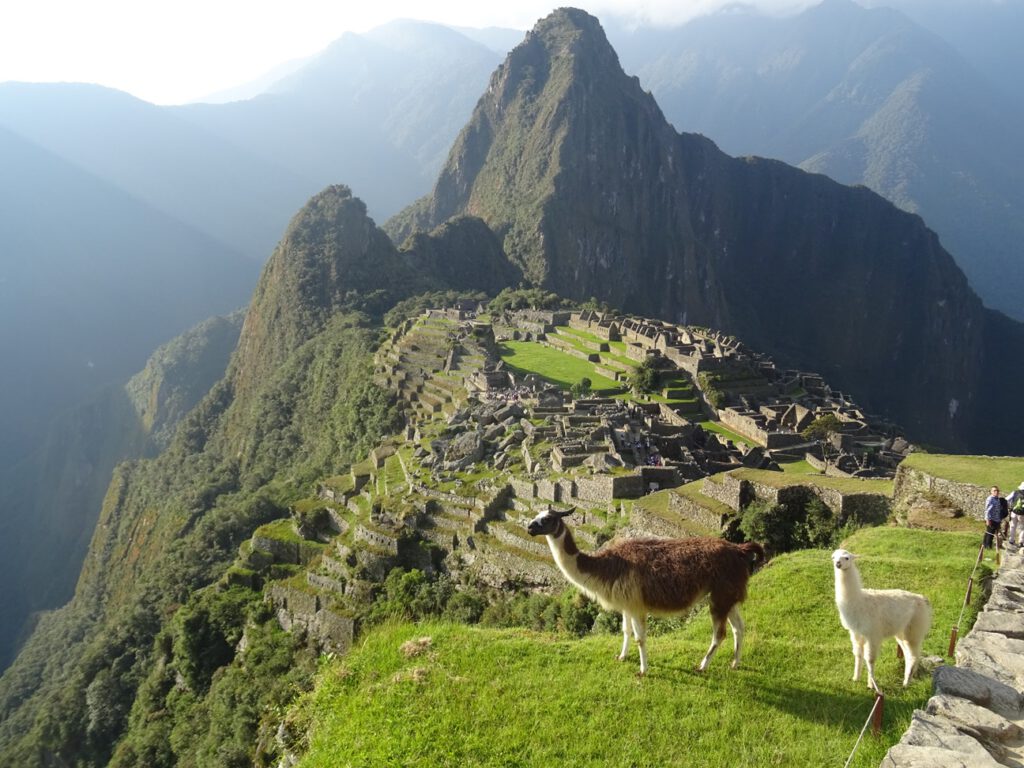
But it is also the country with the vicious dogs, the rubbish everywhere, the very sad looking coastal towns and the huge and obvious differences between poor and ultra-rich.
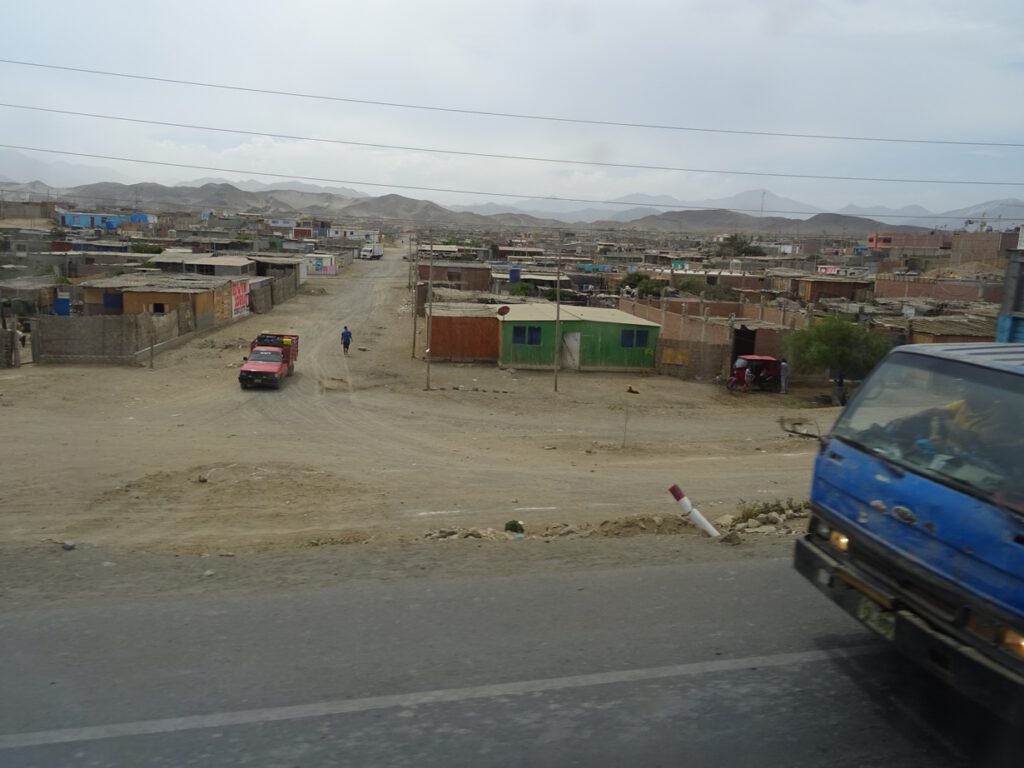
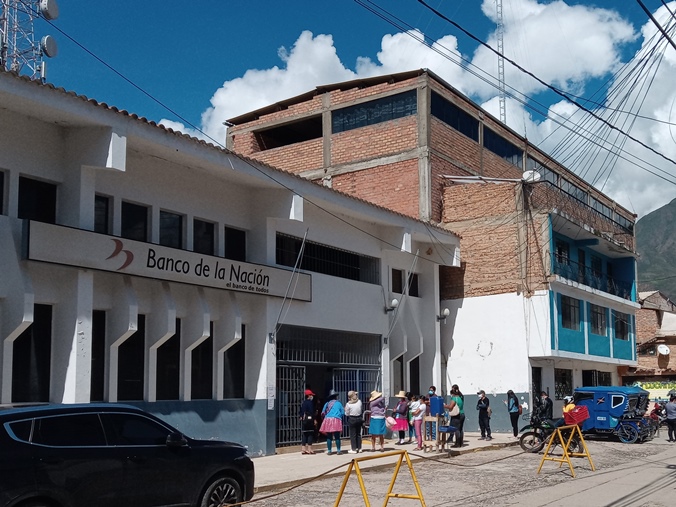
The route
Peru is not particularly friendly to family cycle touring. If you want to ride it north to south (or the other way around) there are only 3 options, neither particularly easy:
- the rainforest road: meaning in many cases no roads, or with luck a dirt road full of mud. In most occasions you will need to take numerous boat transfers to go from one place to the next. It would follow the most eastern part of the country
- the mountain way: following the line of the Andes most of the way. Amazing in terms of scenery, loads of small and authentic villages, tiny roads with little traffic. It’s the option taken by many. However, for us it was unfeasible since the route is a continuous climb. You need to climb to maybe 4000 meters only to go down to 2000 meters in the next river crossing, to start all over again. With a heavy trailer and luggage for four people, it was unrealistic for us to try it
- the coastal road: as the name says, it involves going along the coast. The only good point is that it is mainly flat or with no major climbs. However, it is a highway with very heavy traffic, it goes along the desert with no shadows and little change of scenery, and the cities along the way are not particularly inspiring
Giving all those considerations, we have cycled very little in Peru. Apart from the downhill in the Cordillera Blanca from Huaraz all the way to Chimbote in the coast, along the Desfiladero del Pato, and the last bit from Puno to Bolivia, we have cycled very little else, which is a pity.
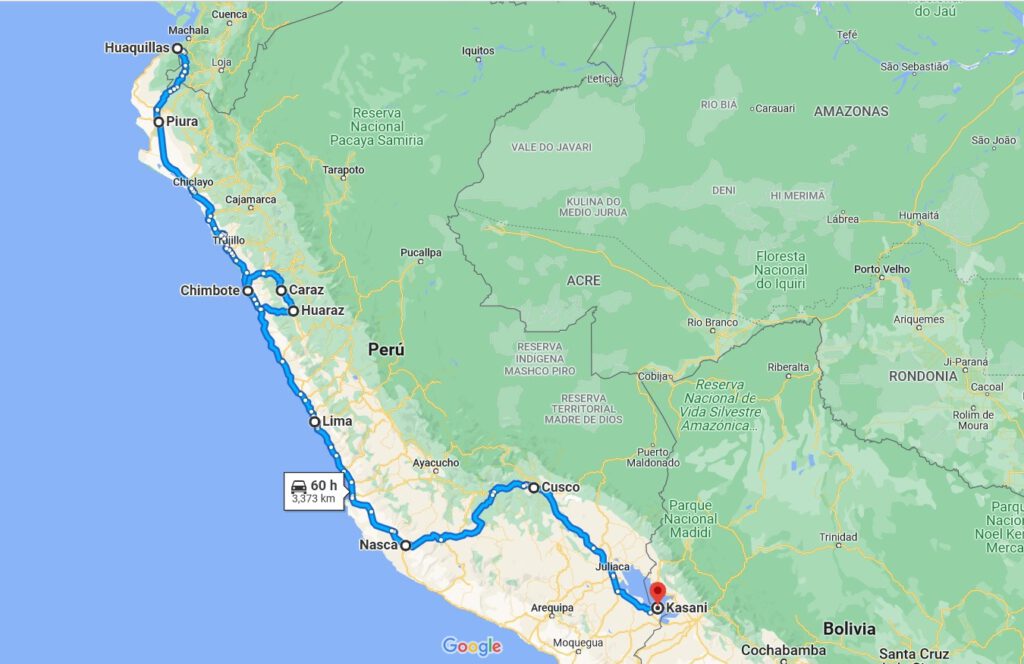
Another problem we had was that since we have crossed Ecuador a bit too fast, we arrived in Peru before the end of the wet season, so we could hardly see any mountains while in the Cordillera Blanca. That was a big disappointment for me. Hopefully I can convince my friend Marc or someone else to come back and do some serious cycling and trekking in the region.
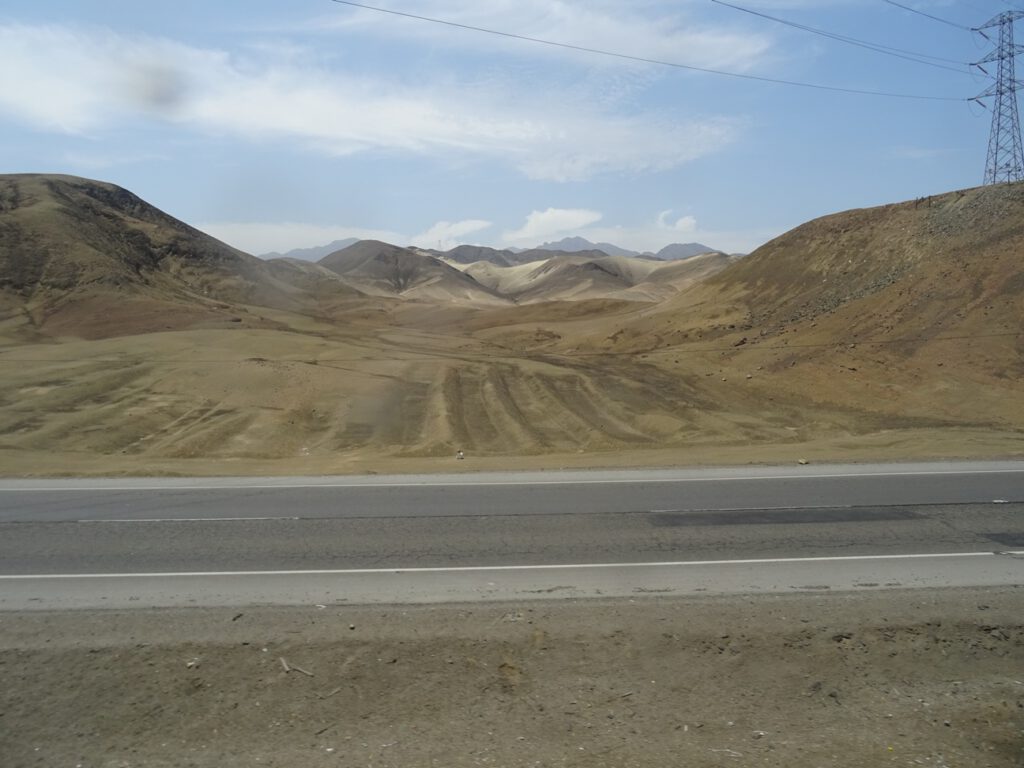
A few things we saw, tried and experienced
Two of the most common complaints you will hear from cyclists crossing Peru are the awful drivers and the aggressive dogs.
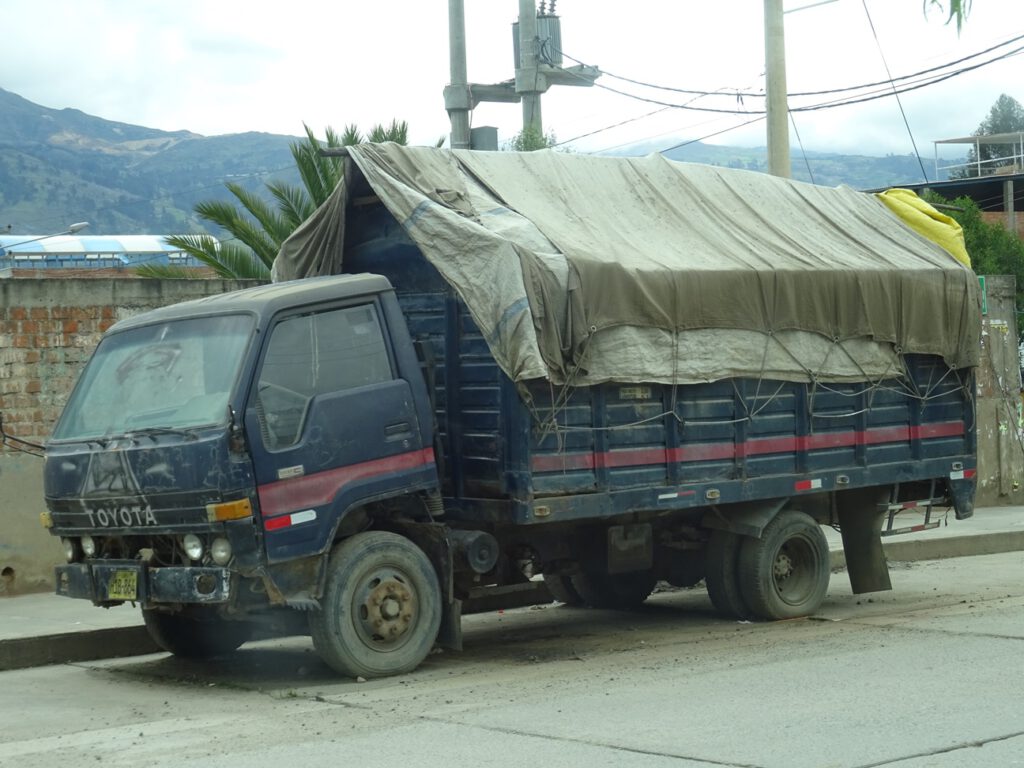
Drivers in general drive as they please, with no regard for the life of anyone on their way, be it pedestrians, cyclists, dogs or even other drivers. The only rule seems to be that everyone thinks they are right, so they will overtake wherever they want, take whatever line is more convenient regardless of their direction, go always too fast for the condition of the road, etc.
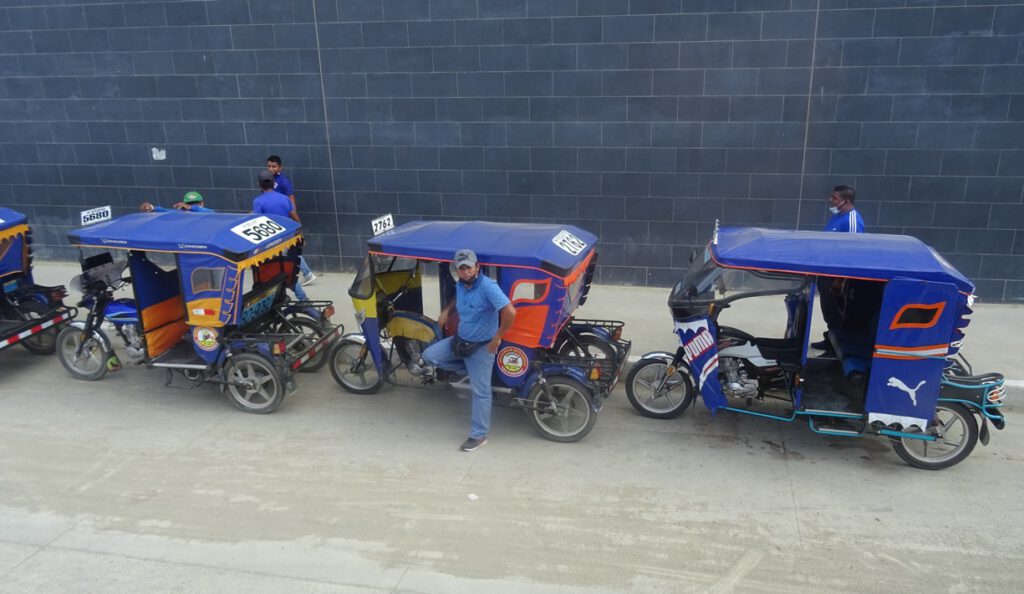
Once a taxi driver in Lima told us that there is a saying that “whoever can drive in Peru, could drive anywhere in the world”. I would rather say that “whoever can drive in Peru should be forbidden from driving anywhere in the world”. Drivers there combine a lack of driving skills and rules knowledge with recklessness, which makes them specially dangerous. In Chile there are good drivers, in Bolivia they are cautious,… in Peru they are neither of those things.
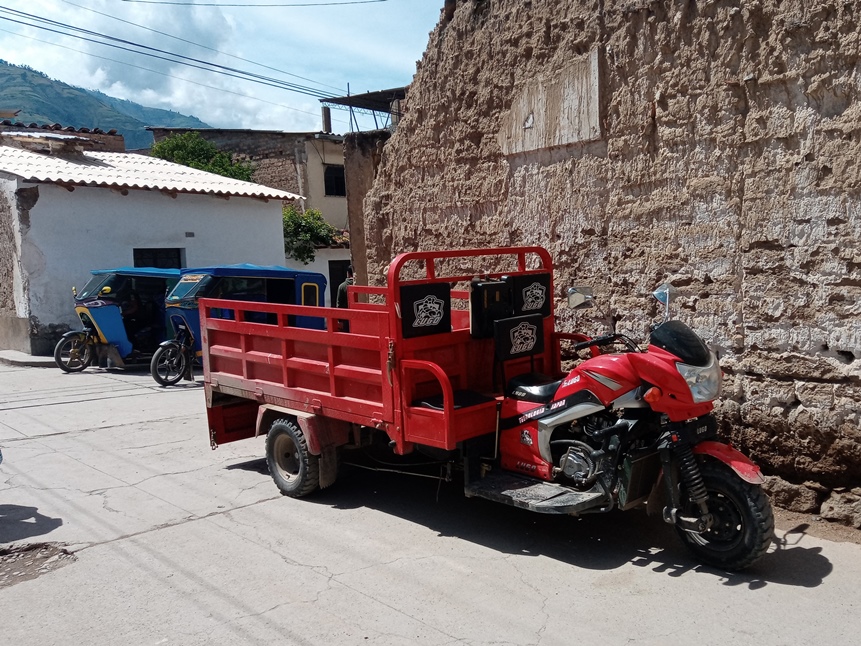
The other big issue for cyclists are the dogs. People in Peru love having dogs. You can find pet shops everywhere, markets will have a few stalls selling dog food,… But having a dog in Peru means basically that you leave a plate of food every now and then outside. That’s it. Dogs receive no education, nobody cares where they do “their things”, how they behave or if they need any care or attention. For most, dogs are just pieces of meat that move and bark, and show gratitude to their owners in exchange of food. As a result of this lack of love and attention, most domestic dogs are just lying outside their homes, bored to death, waiting for the next passerby to chase. And if you happen to be on your bike, this is a problem. They love chasing bikes, and absolutely nobody will tell them to stop, even if the owners are sitting next to them. I’d say they even find it amusing.
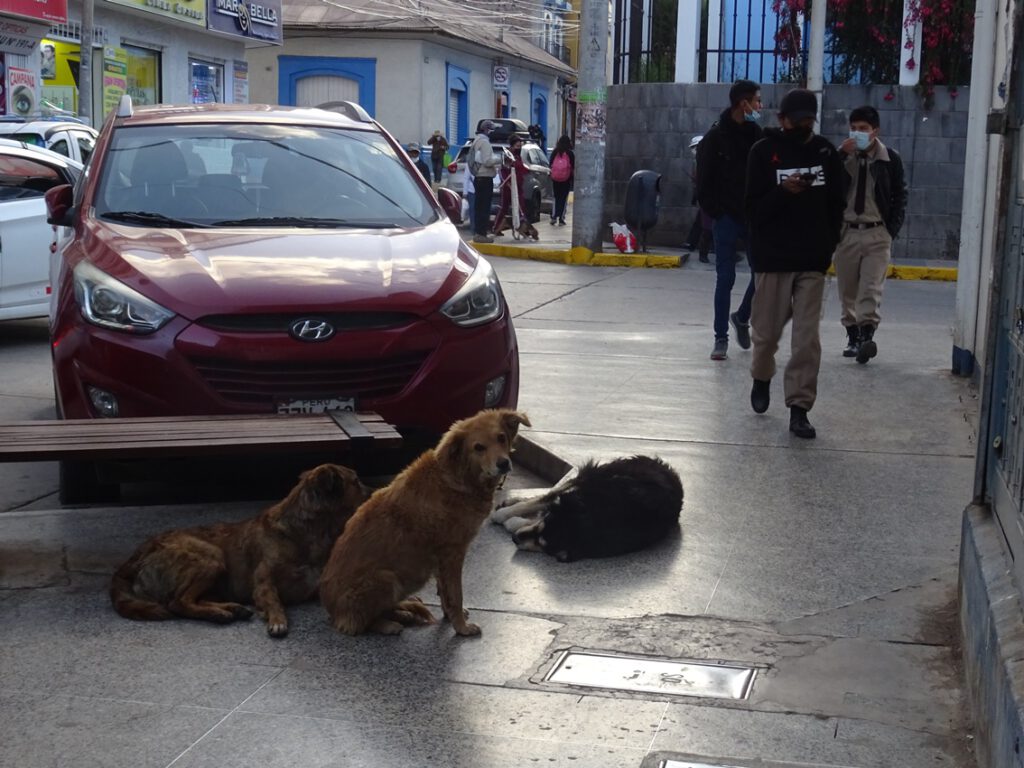
We have heard cases of cyclists and pedestrians being bitten, people in motorbikes having accidents, and still nothing is done. The issue is treated as non solvable! Since sterilization is expensive and by many not even an option, those domestic dogs spending most of their time outside produce even more dogs, which nobody cares about. The number of abandoned or homeless dogs is amazing. Sometimes you will cycle in the middle of nowhere, kms away from the nearest village, and find a couple of dogs, just sniffing on the side of the road hoping that someone throwing their rubbish from the car window will be giving them their next lunch. As cyclists, we often also see dead dogs on the side of the road, hit by cars. I think the record was 8 on a day when cycling out of Puno. Wild dogs are usually not a problem for cyclists, as they are busy looking for food or trying to be nice in case you give them something to eat.
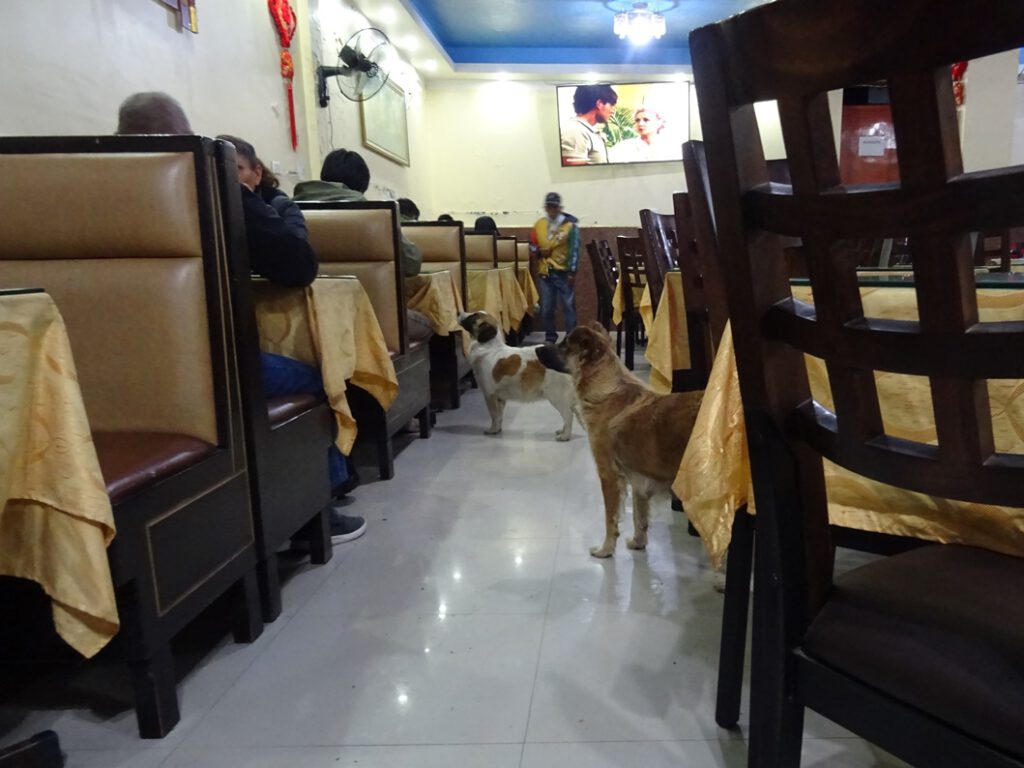
The best way to stop dogs from chasing you seems to be to stop, and then throw, or pretend to throw, some stones. This is the way their owners control their behavior, so as soon as you raise a closed hand they immediately know what is coming.
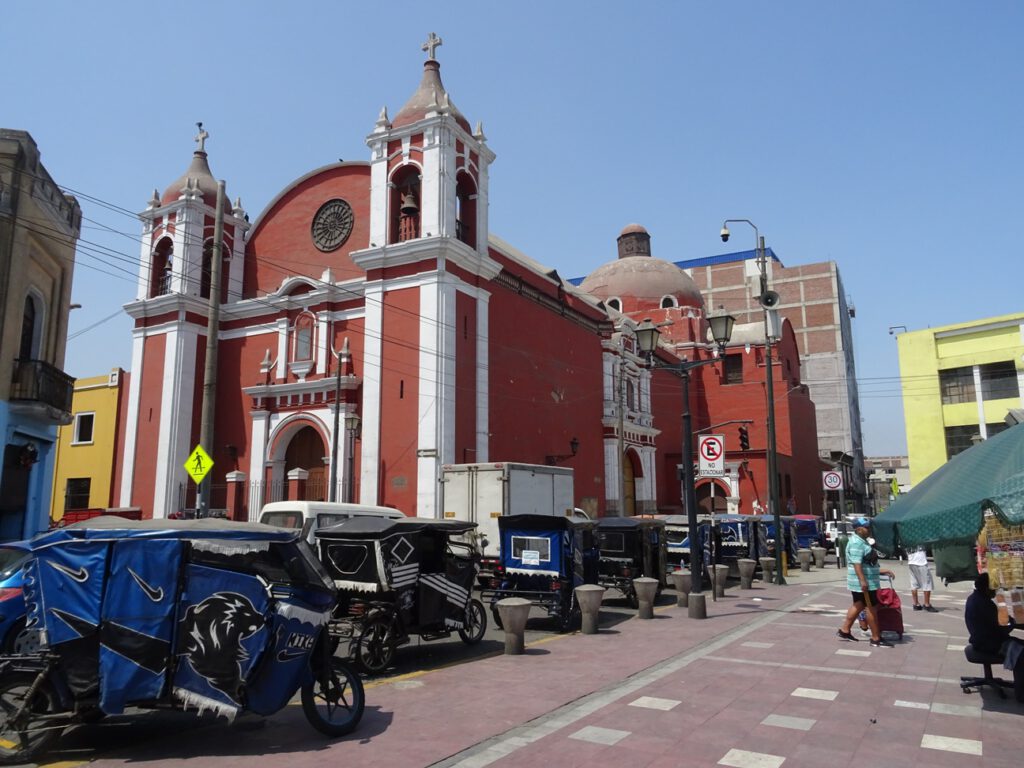
Food & Drink
Peru has a great reputation for its food. The variety is above average in South America, although we didn’t get to enjoy it too much as unfortunately in the little villages you don’t get to enjoy most of them, or they are quickly sold out.
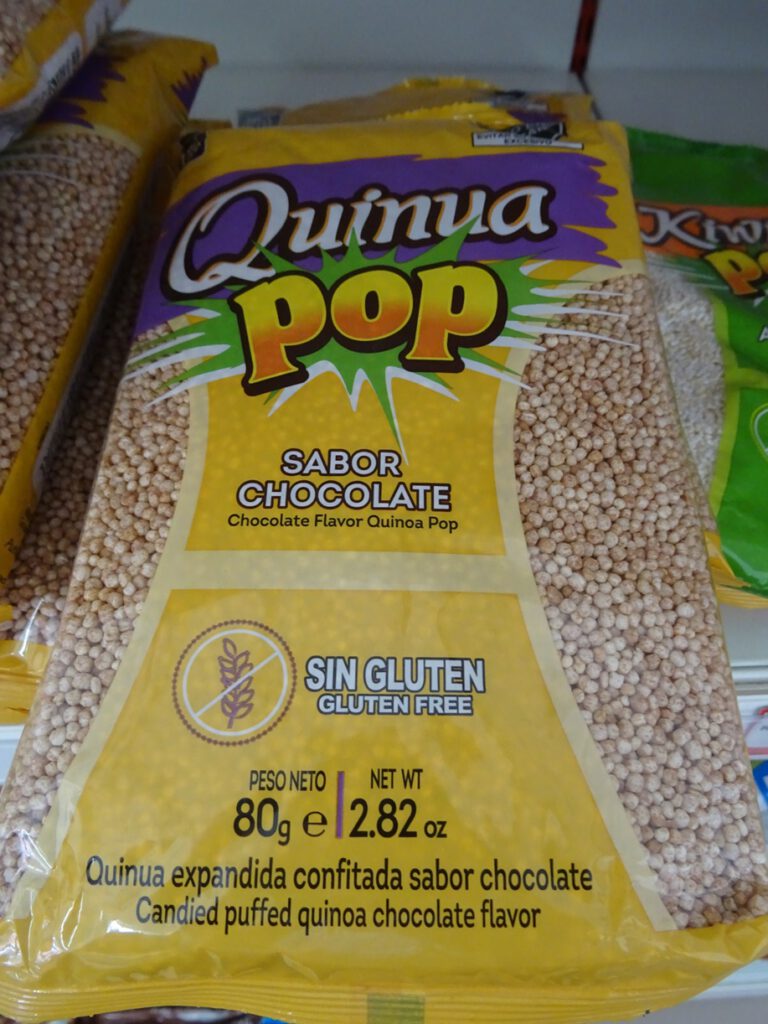
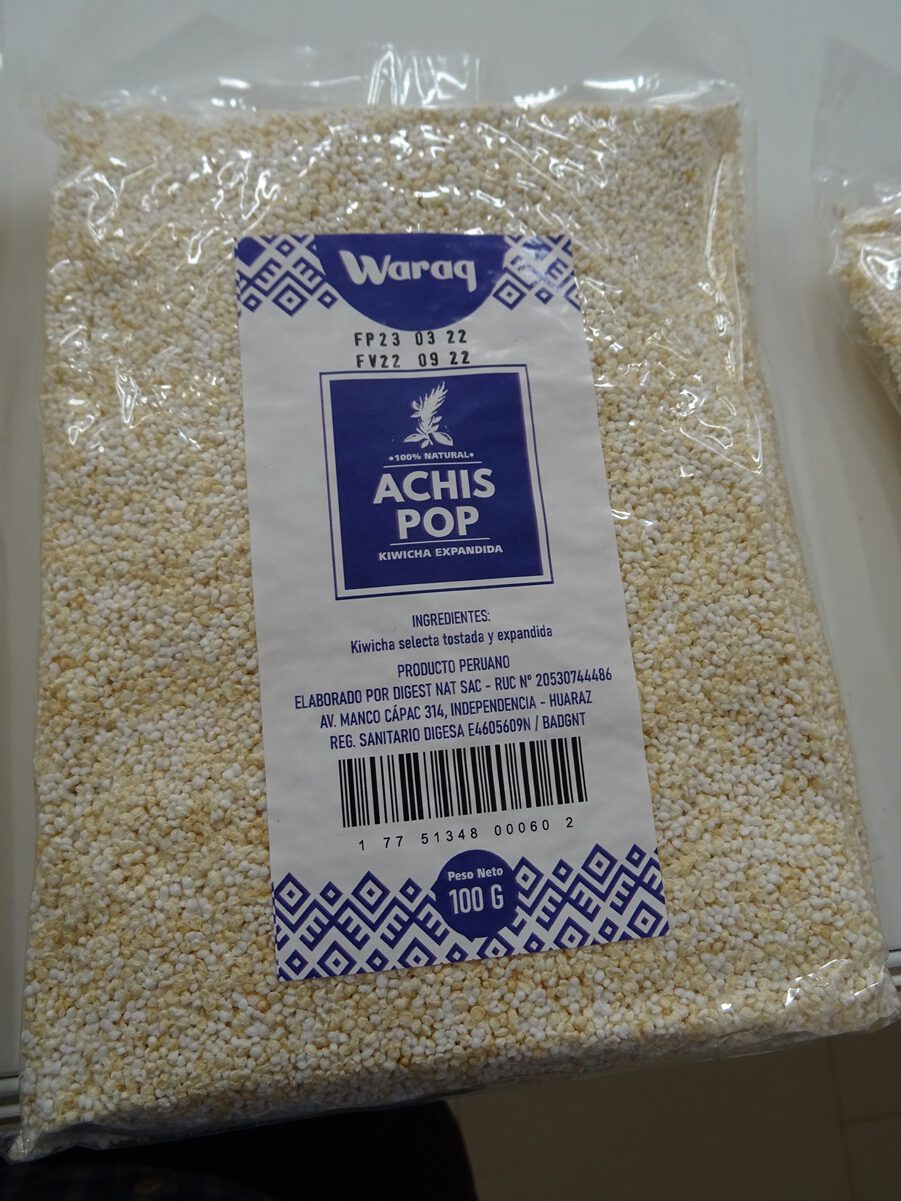
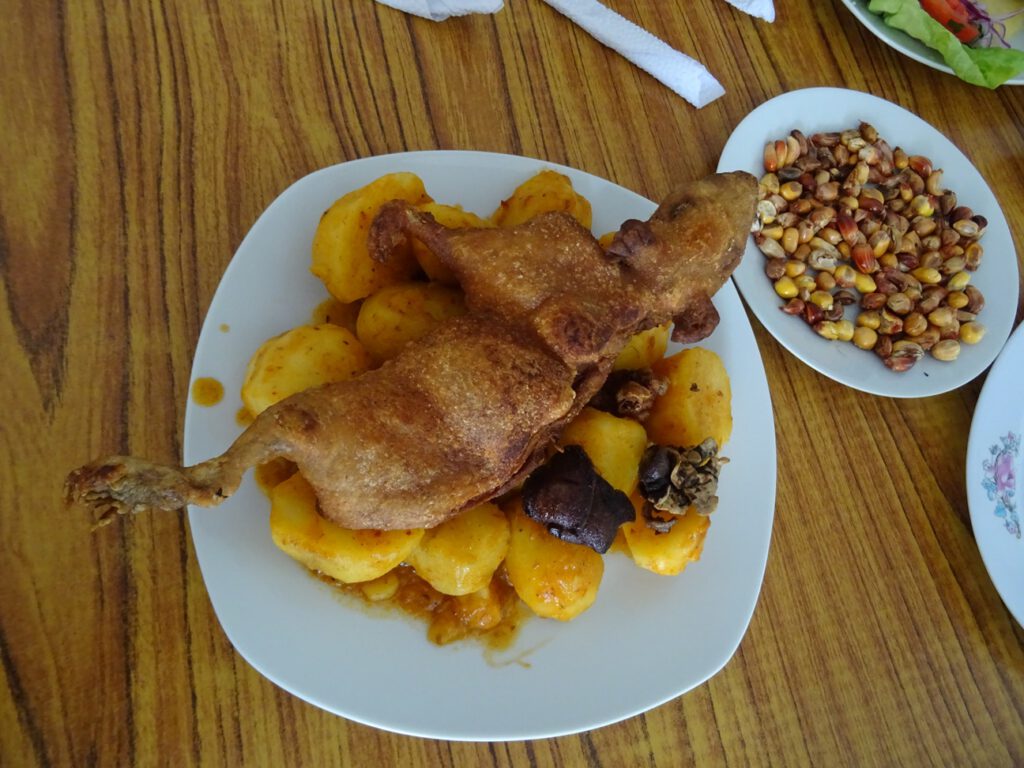
The Peruvian ceviche is quite famous worldwide, but since the fish here is not cooked but just marinated, it was not something we dared to eat in small rural restaurants with poor health standards.
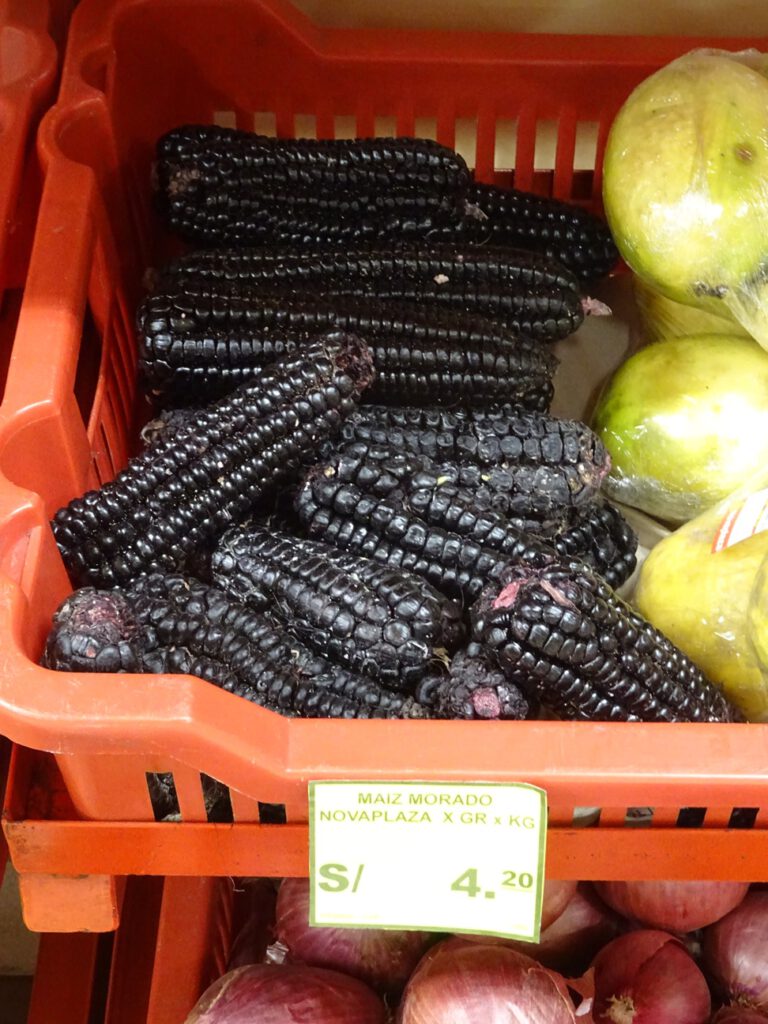
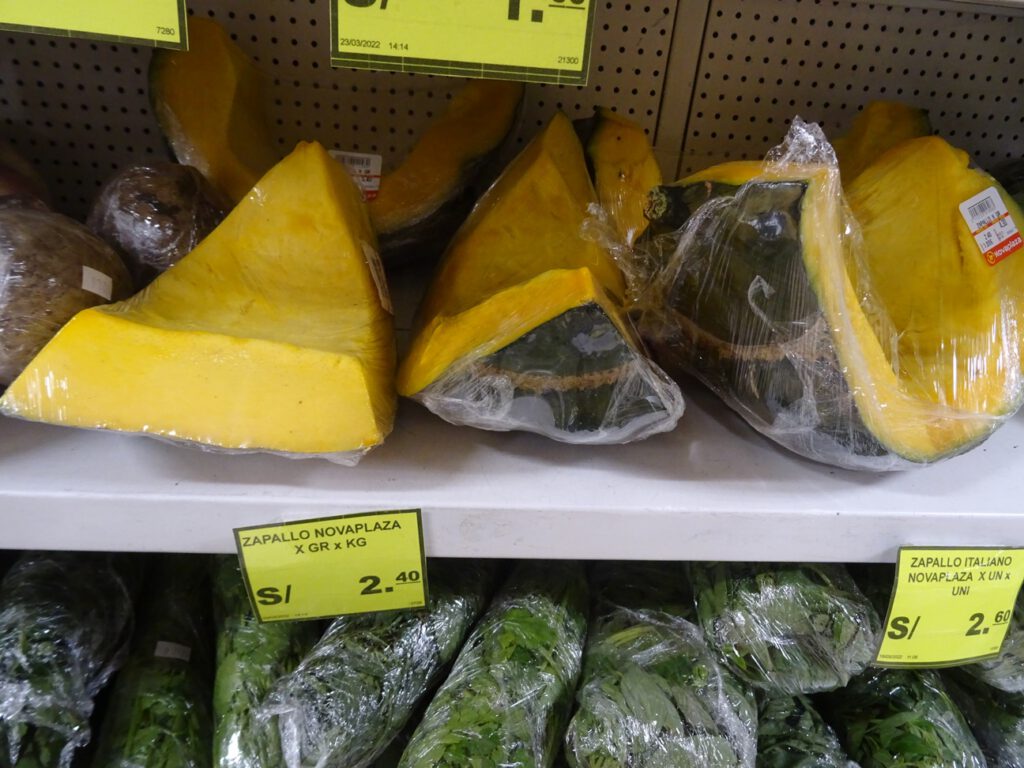
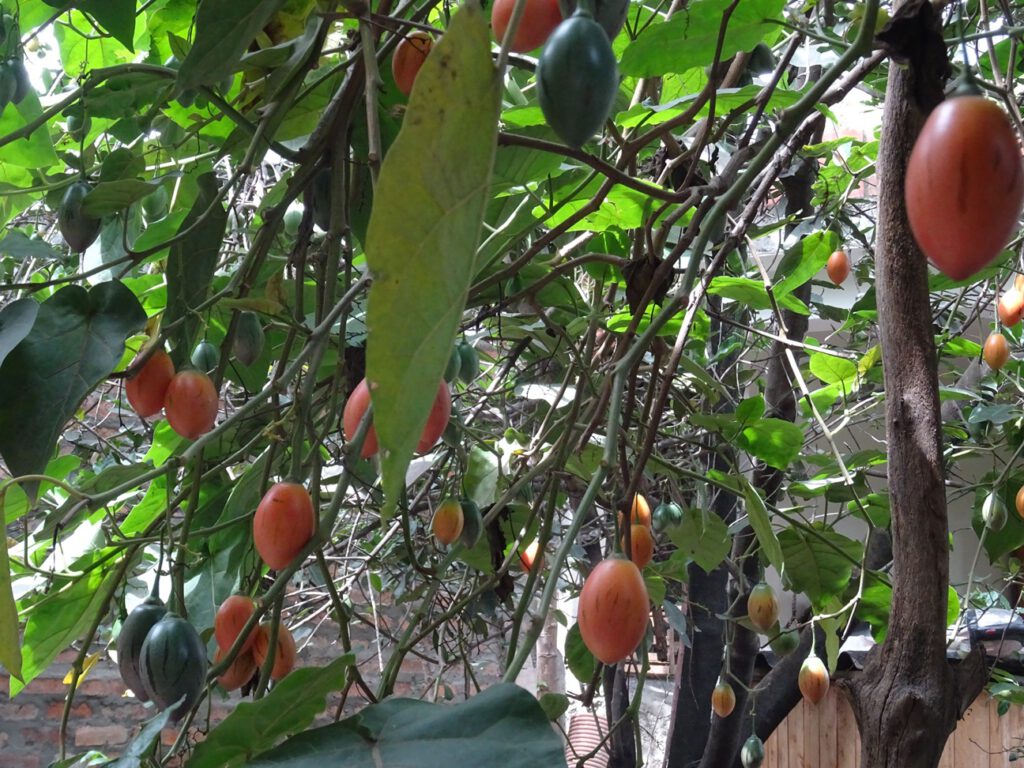
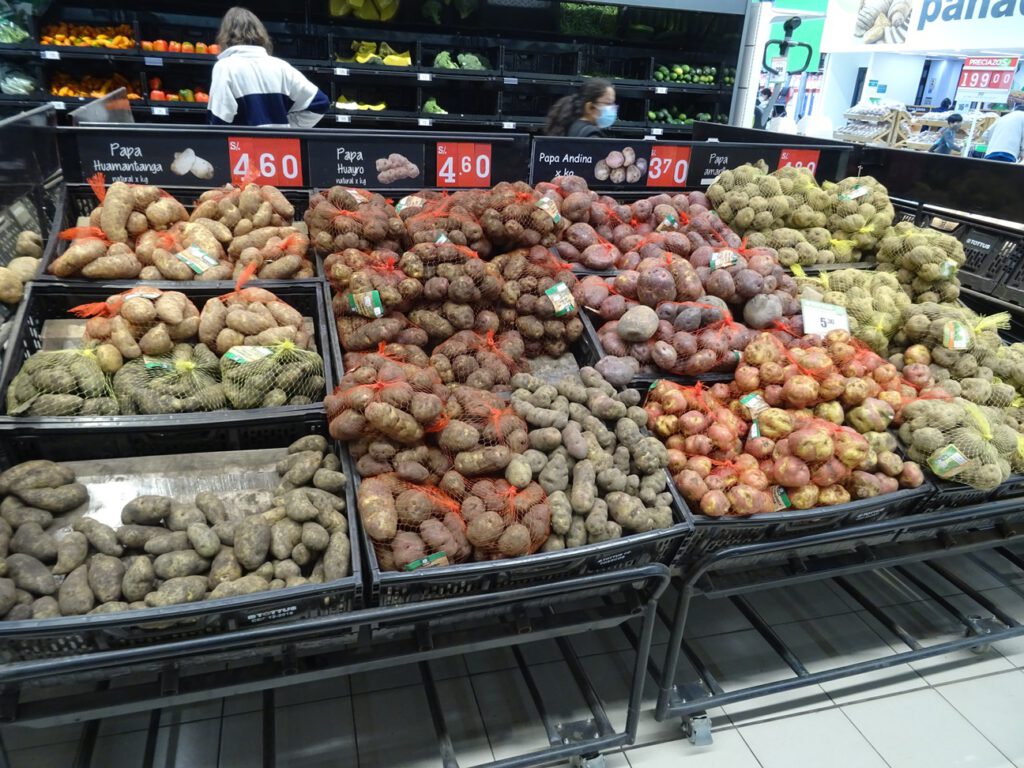
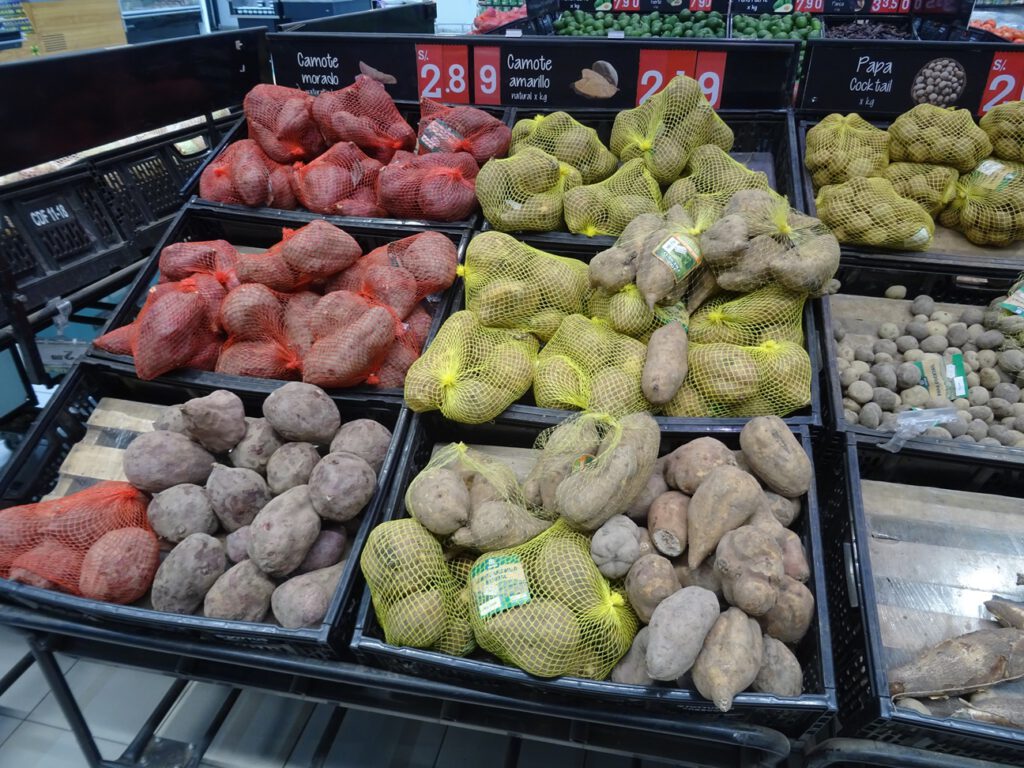
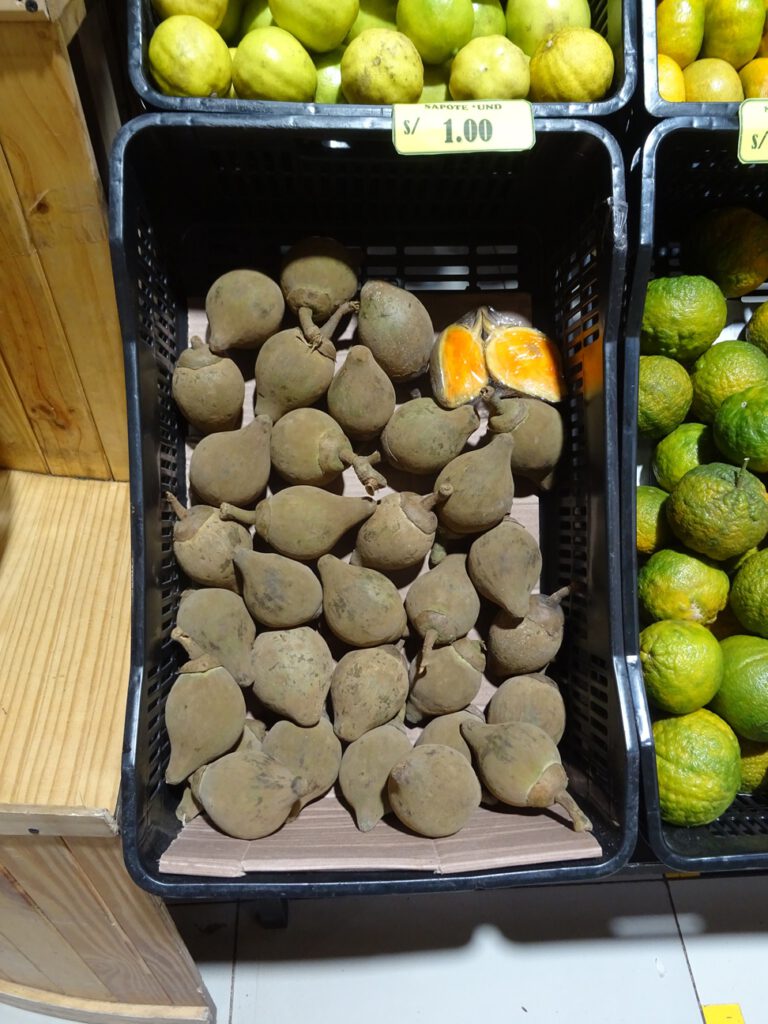
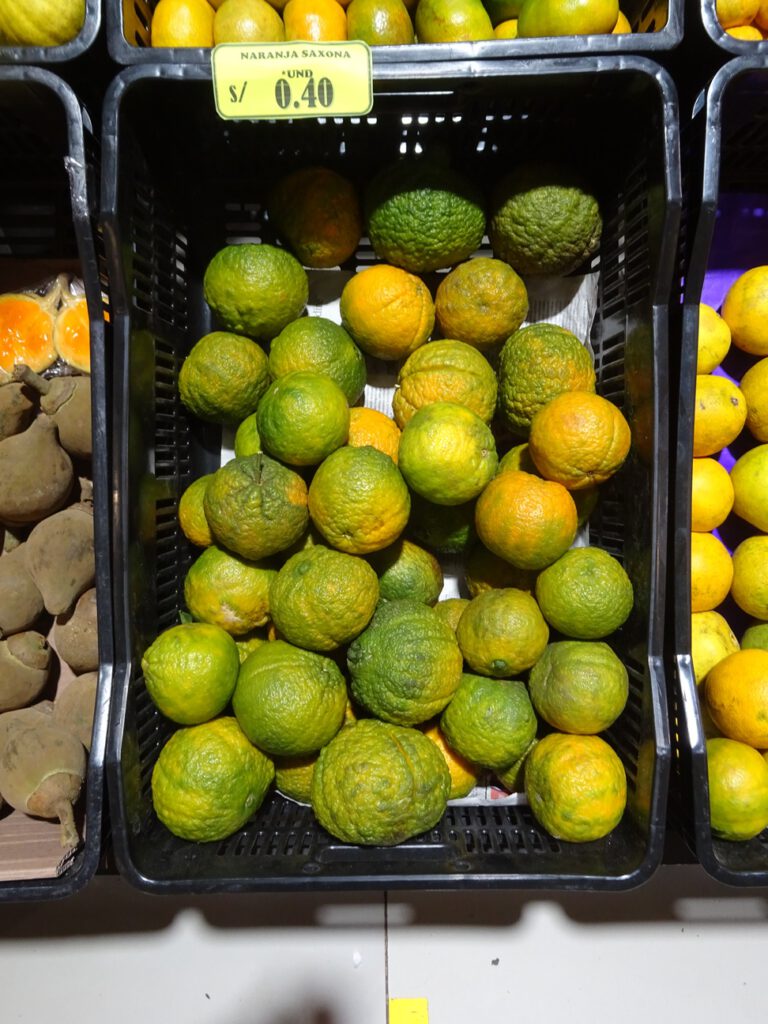
I love Papa a la Huancaina, some cooked potatoes with a delicious sauce, but it was quite hard to find outside Lima. And the list goes on. But we tried many other things, specially finger food or fast food on the market stalls that made up for it.
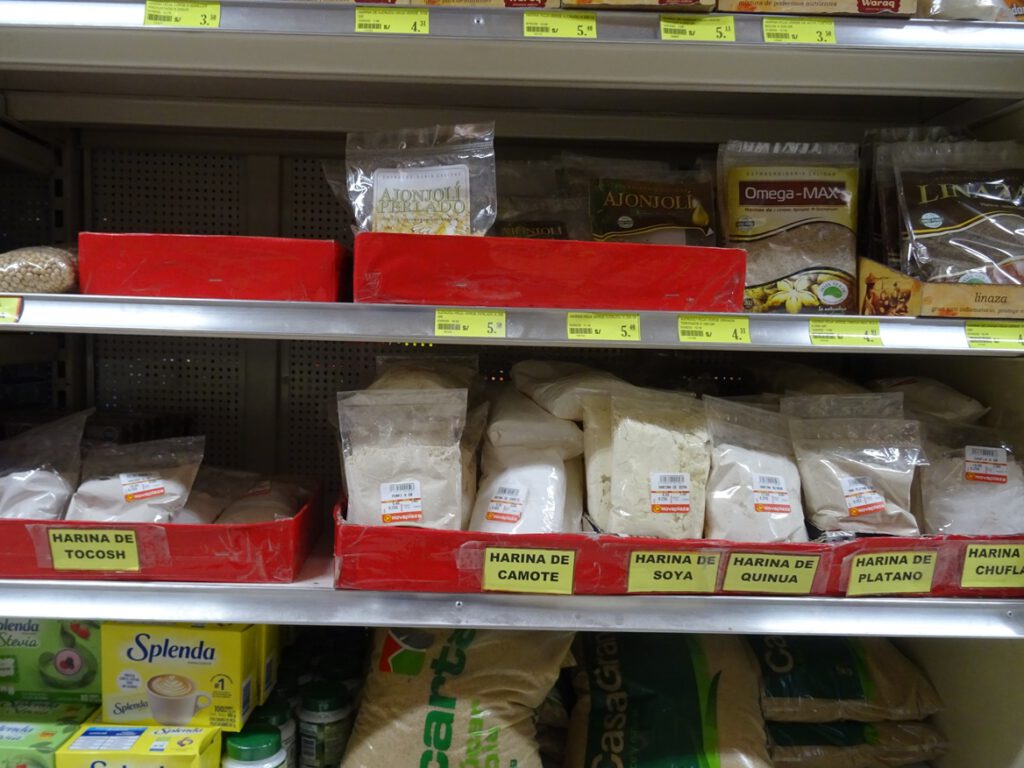
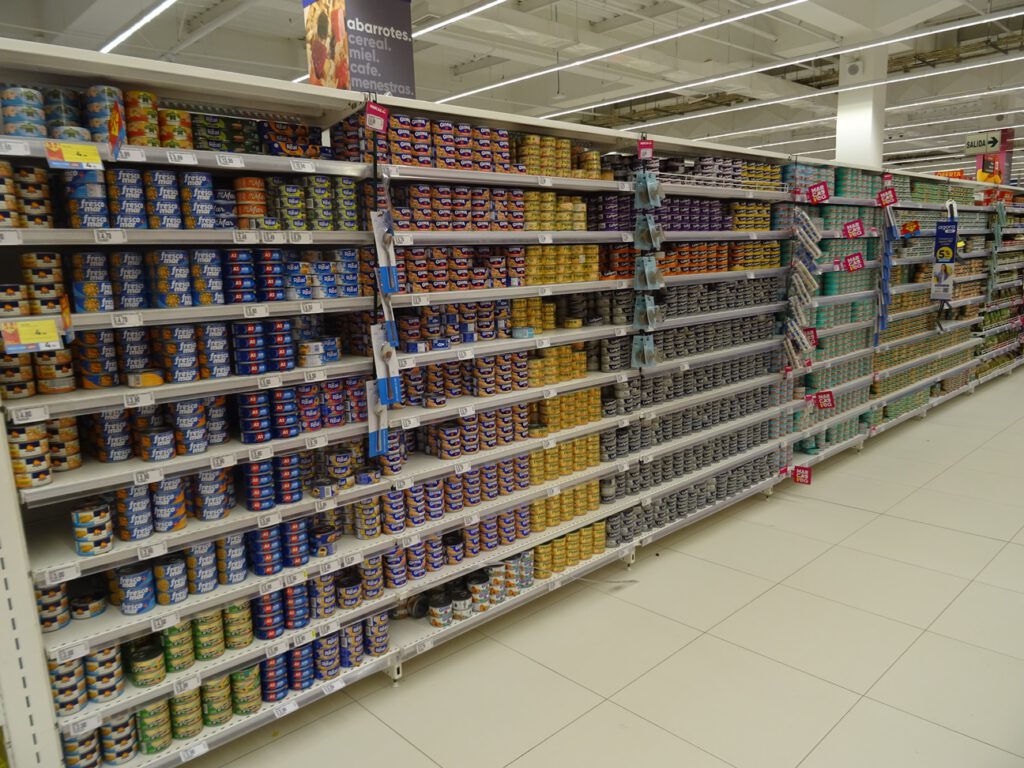
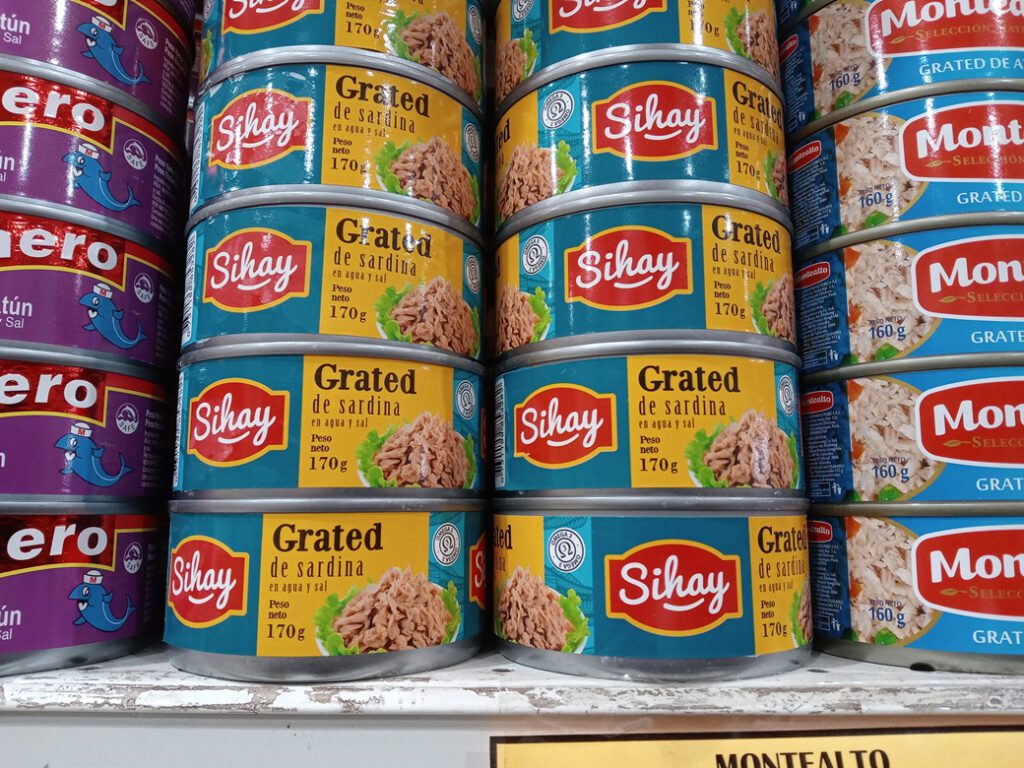
For drinks, Peruvians like to boast about Pisco, which they claim is their invention, same thing Chile says about themselves.
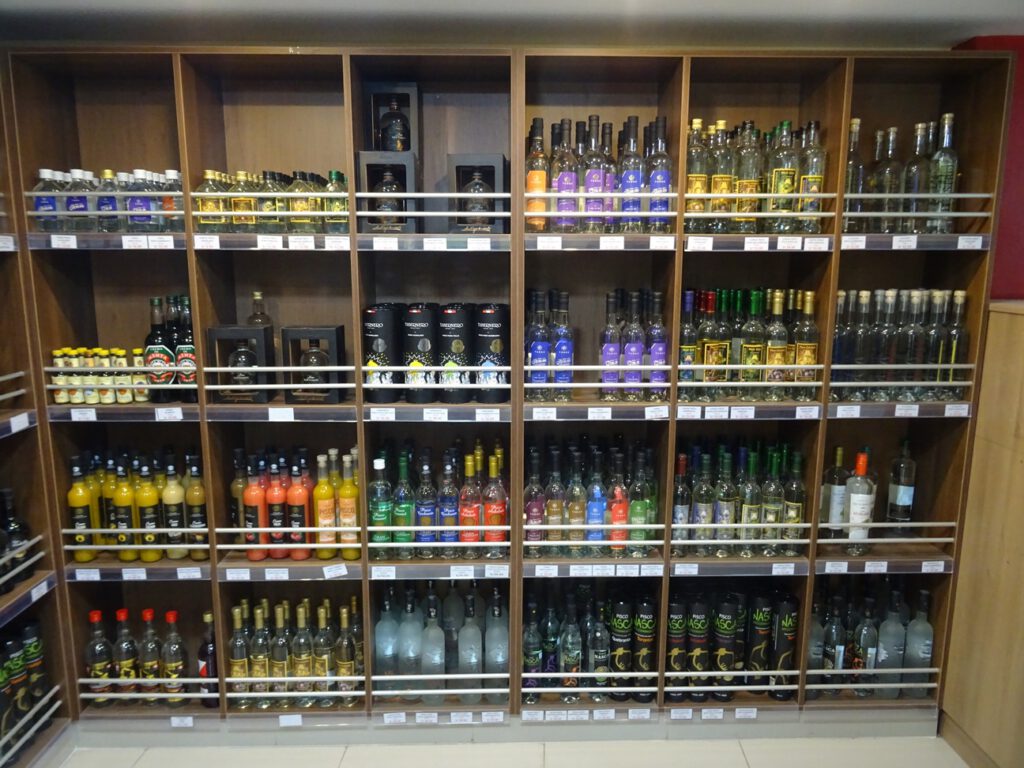
A very popular soft drink is the Inca Kola, which has neither the taste nor the colour of a cola drink. We tried it and to be honest it was just ok. It is extremely sweet, so it needs to be drunk very cold to be tasty, and the taste is similar to some kind of cough syrup, so we only had it when there was nothing else.
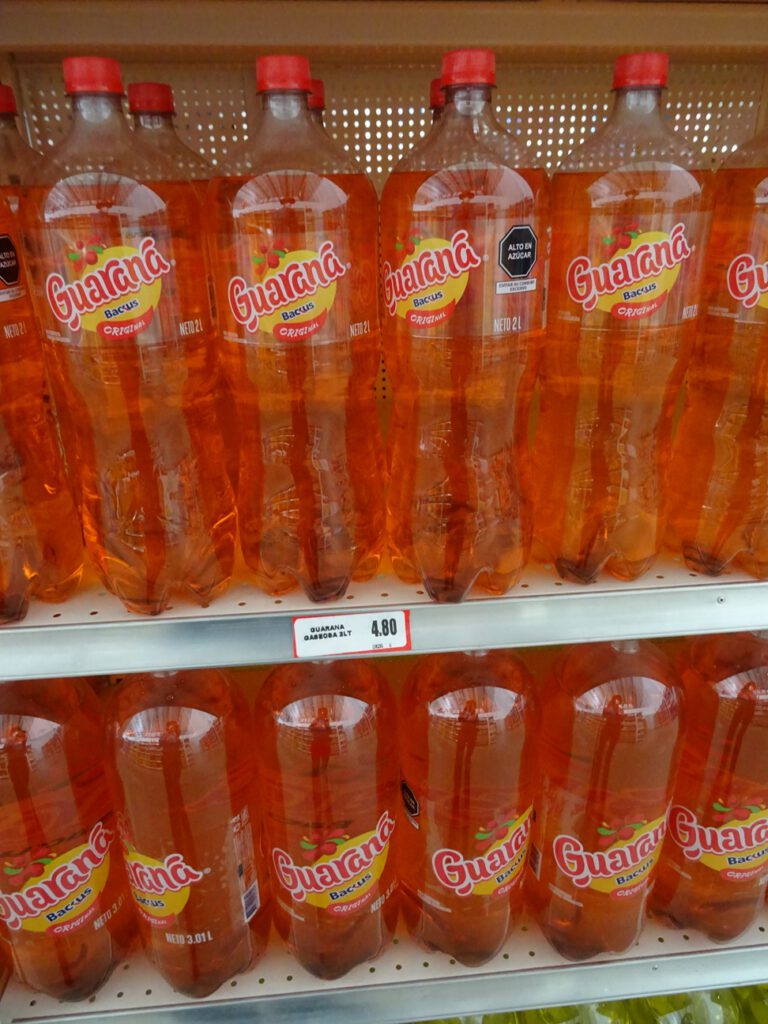
However, there is something else we all loved and that is chicha morada, a soft drink made from boiling the purple corn with other fruits like pineapple, filtered, and then sweetened. Not to be mixed with just chicha, which is the same thing fermented and with alcohol.
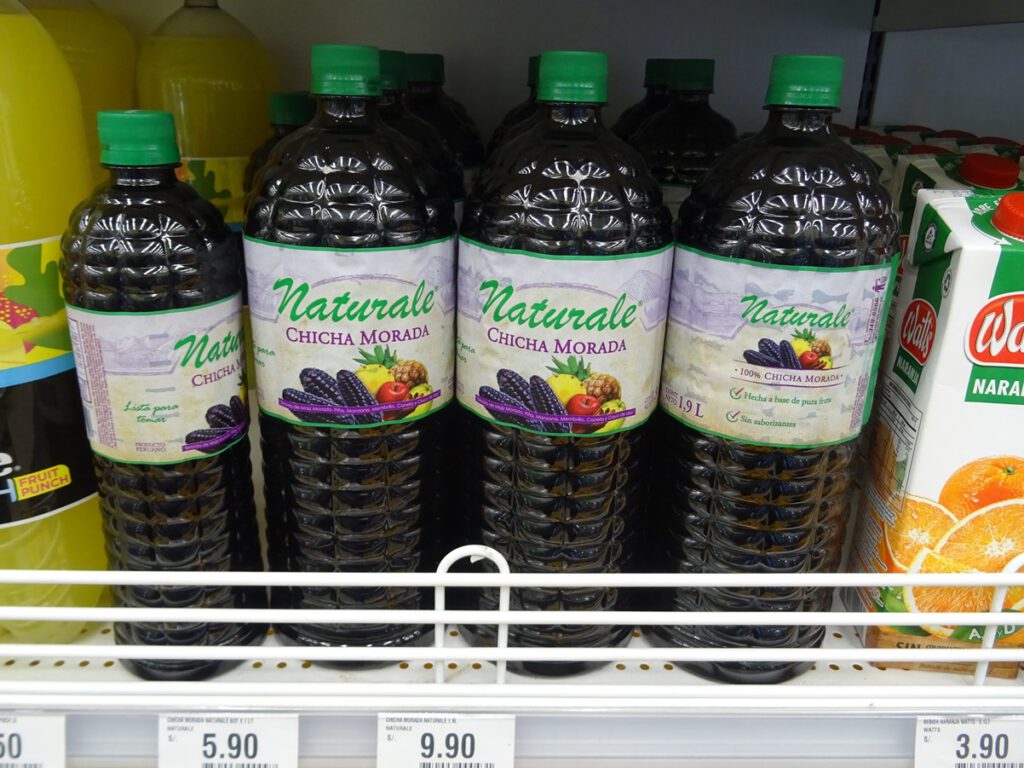
Politics
The current and relatively recent president of Peru is Pedro Castillo. He seems to be getting unanimous critique from everyone. He got elected because he spoke to the poorer people and also the alternative was Keiko Fujimori, daughter of a former president and seen as part of an old corrupt political family.
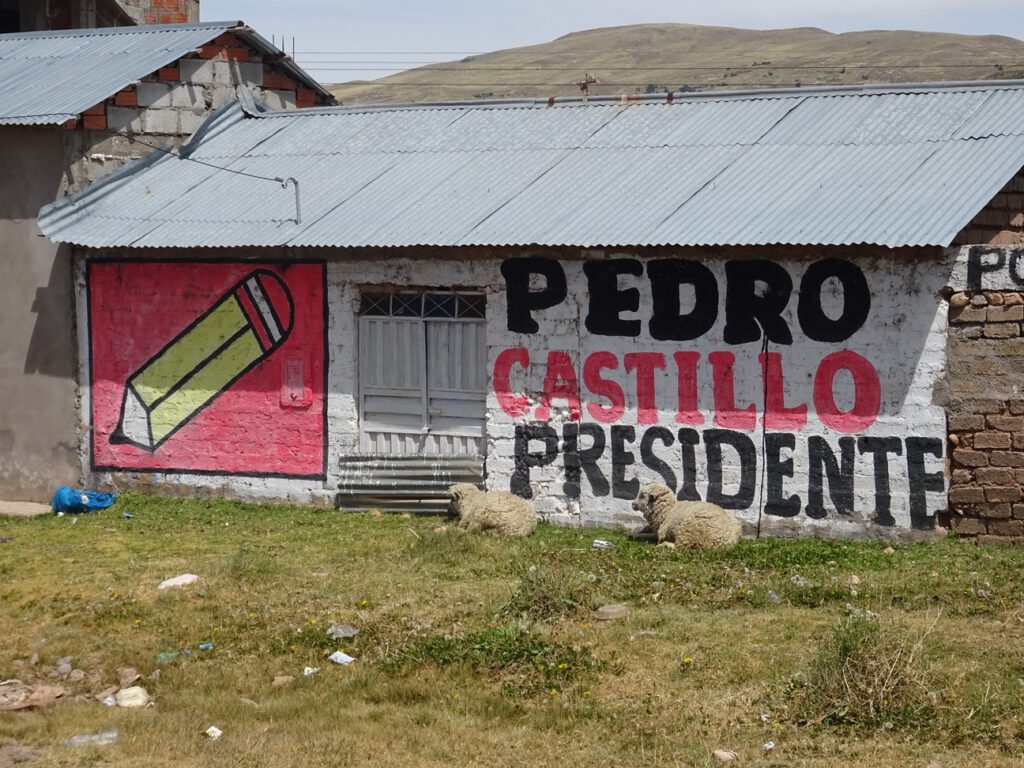
However, in his short time in power Castillo seems to be proving he is not up to the task, choosing the wrong ministers, changing them quite frequently, and refusing any feedback about his mandate.
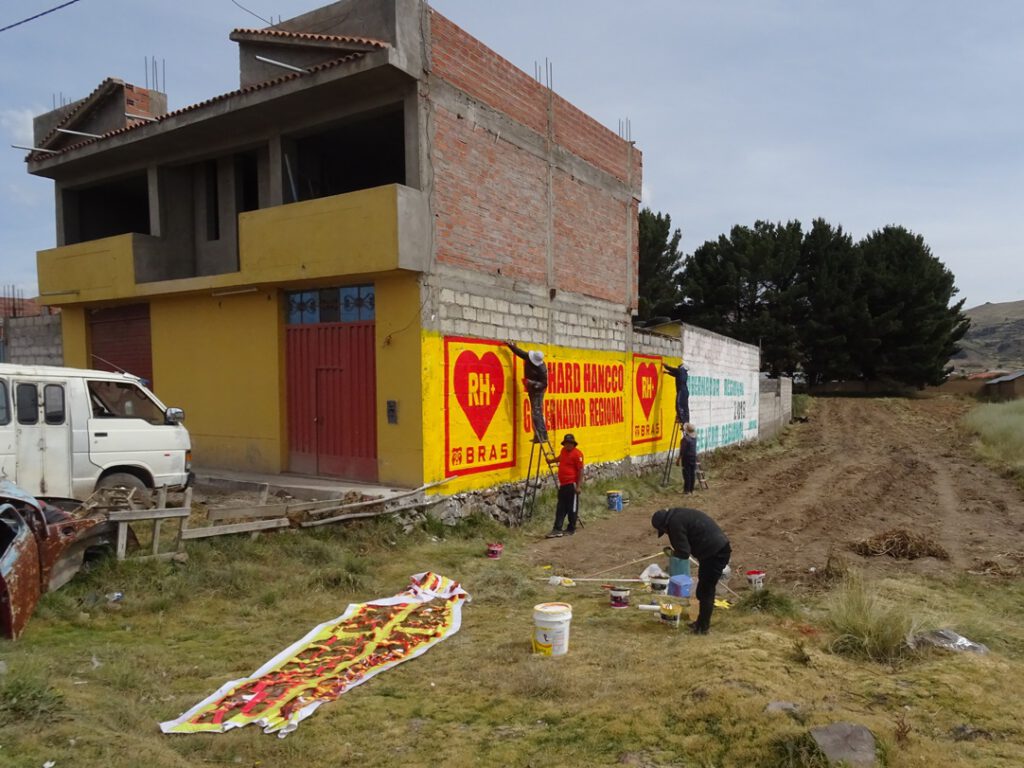
To make things worse, most newspapers are against him, as he does not belong to any established political side, meaning he can’t be so easily influenced as other traditional politicians, and the media does not like that.
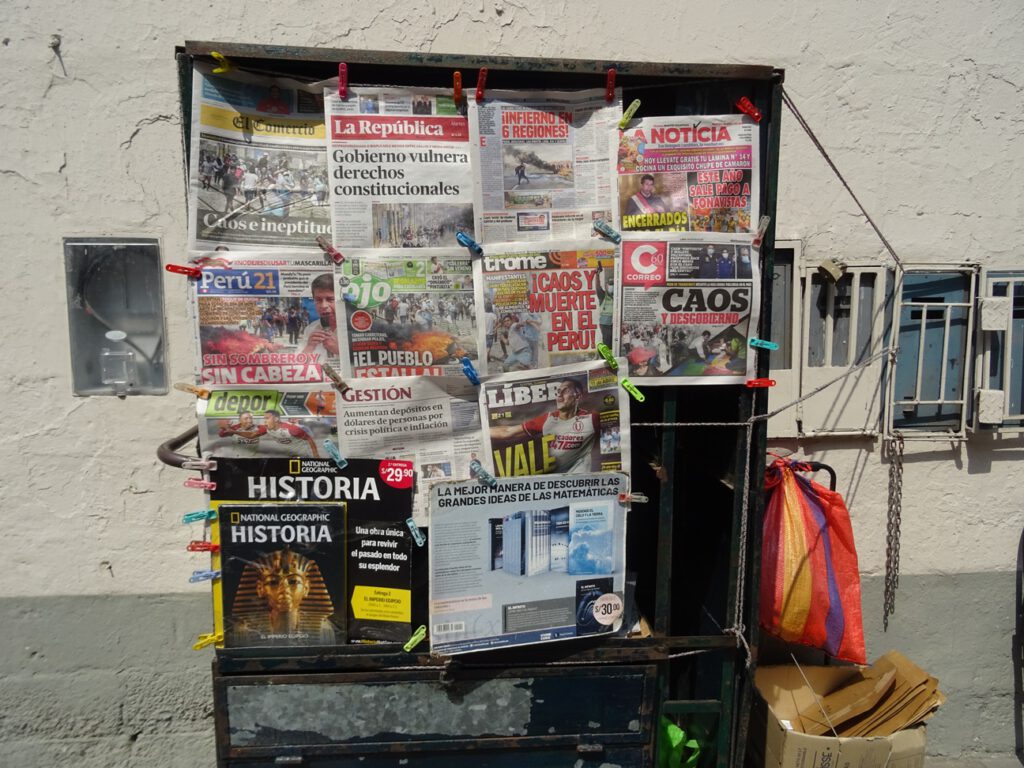
Peru has always been under economic stress due to the fact it hardly produces any developed products, selling instead some of its vast resources as raw materials. This means they are very exposed to price changes in the wholesale market, and importing nearly everything, from cars to machinery to cutlery from neighboring countries, mostly Brazil. Now that the world economy is slowing down, and energy prices are going up due to the Ukraine war, the poorer are feeling the inflation and in our time in Peru we had to endure at least 3 different national strikes, mostly to complain about fuel prices, but used by the opposition as a way to pressure the president.
One thing that was unifying the country was the football national team. Unfortunately, in the last round of the qualifying they were robbed of a last minute goal against Uruguay. And in their very last chance, against Australia, they lost in the penalty round, meaning they won’t go to the World Cup, and that was the last hope of a nation pessimistic about the future.
Regarding the environment, again Peru is a land of contrasts. Sure, most of the country is full of rubbish, which is produced by the Peruvians themselves, who don’t seem to have a special love for their own country. An exception to this are the high regions where indigenous people are majority, and the land is kept much cleaner. However, one must not forget that in comparison any European would pollute much more due to our much bigger consumption and carbon footprint. On the positive side, in Peru it is very easy to buy food wholesale, from flour to beans, from fruit to coffee, you can bring your own containers and buy only what you need, which is something you don’t find in more developed countries where everything comes in plastic.
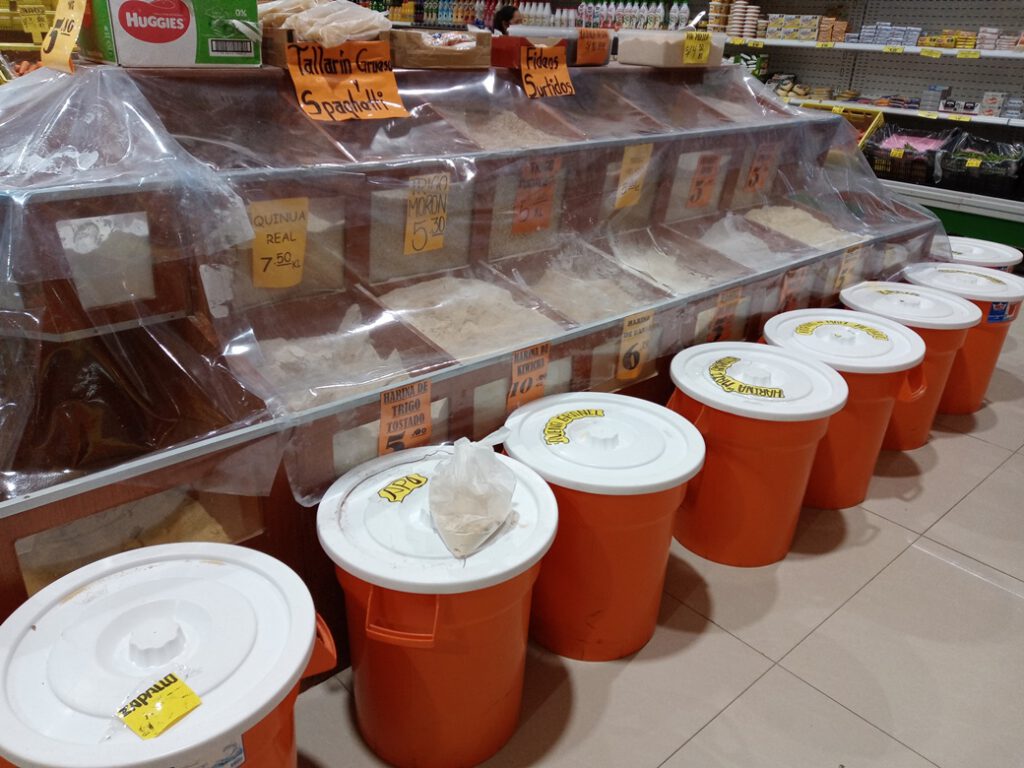
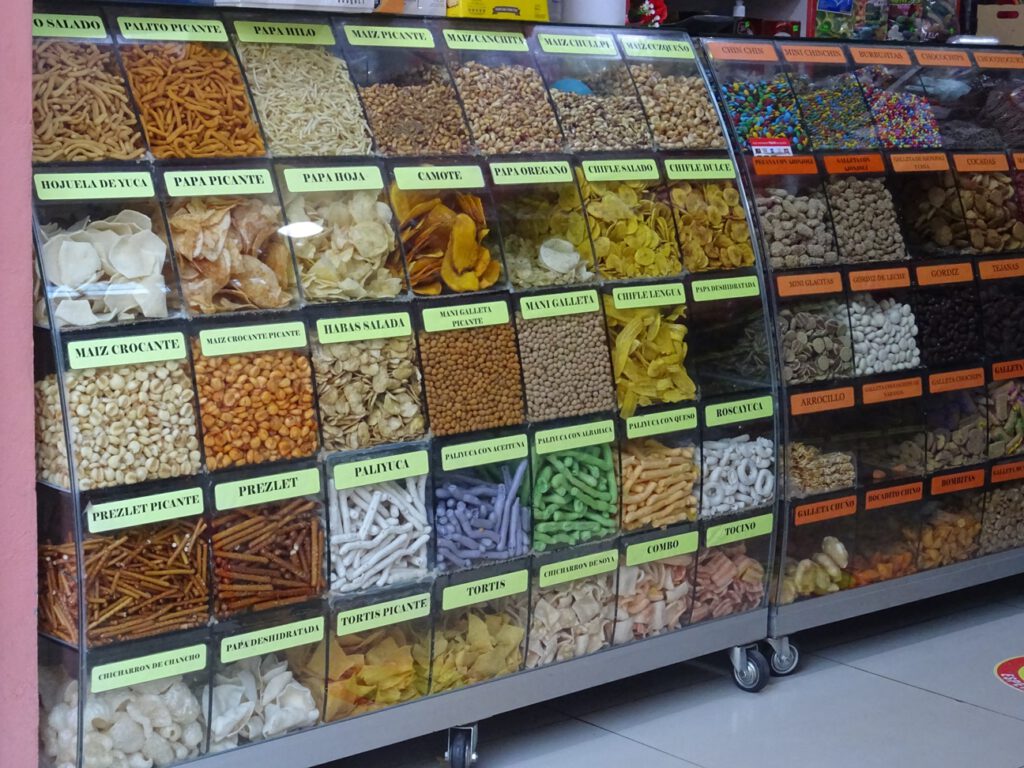
In conclusion, if you are willing to put up with Peruvian drivers, and don’t let dogs dominate you, Peru is a great cycling country. Plenty of tiny roads in the mountains, with small gradients to allow for the mining trucks, cheap prices for food and accommodation, and good weather in the dry season. I might go back to check the Cordillera Blanca again!!
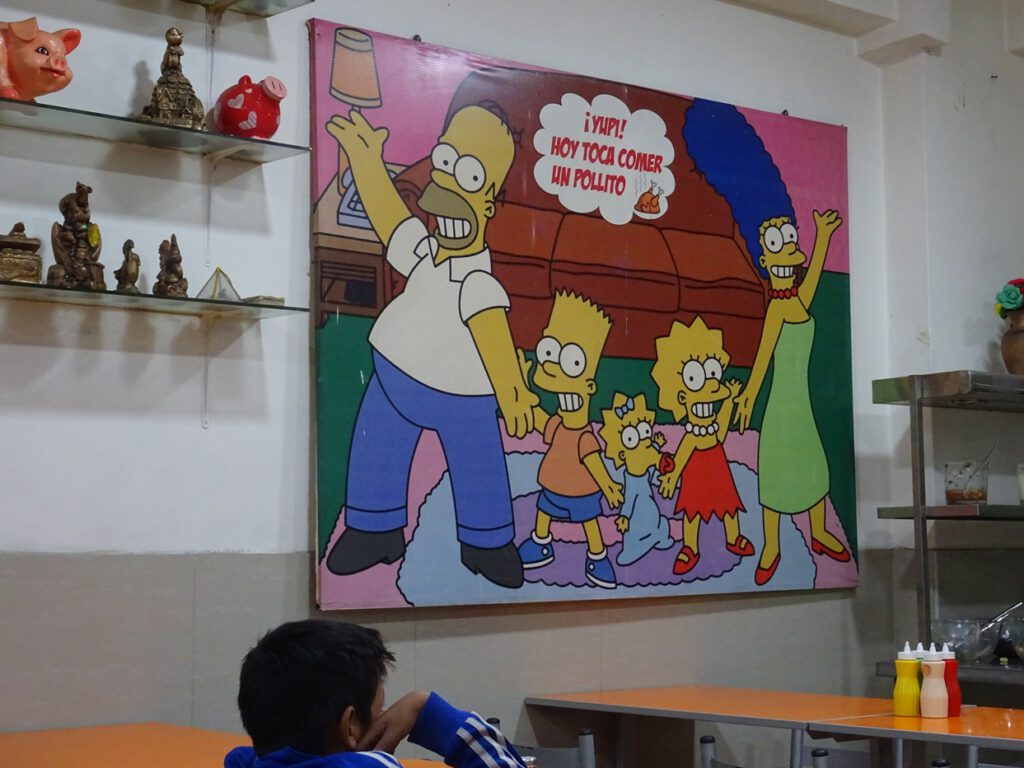
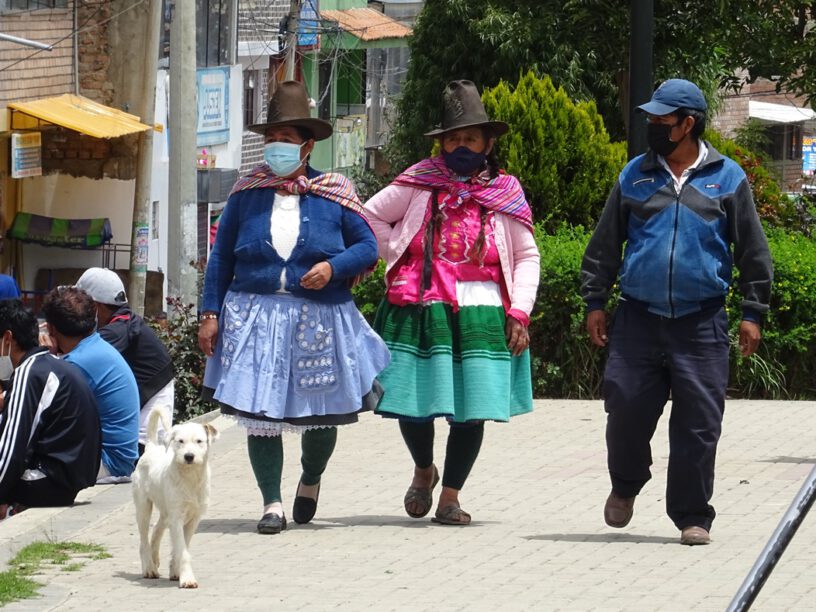
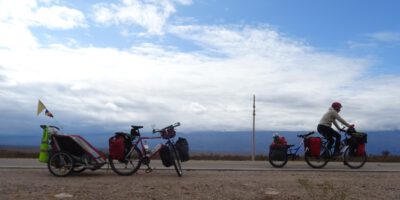
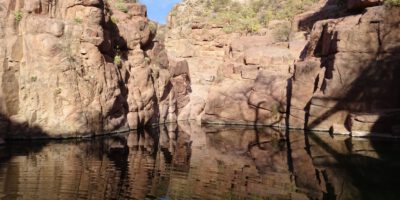
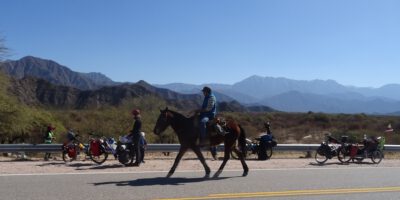
Katherine G
Another country on your list! Con sus Pro y contras pero seguimos avanzando. Interesante lo de comprar Al menudeo. Bueno porque ayudas Al medio ambiente pero malo porque no todo ek mundo respeta las condiciones de hygiene y no se sabe si el que pasó tocó mas de lo q no debia. Bue, eso opinion personal o mas bien ..”temas de locas ” 🙋♀️ . En fin, lo de la bebida morada nosotros tambien tenemos la colada morada, hecha con harina morada de maiz, solo que solo se la consigue en noviembre! Y alla veo que todo el año y lista para tomar. Delicioso! Que bien que bien que sigan Las aventuras, y.toca decir ..bye bye Peru…hello Bolivia!! Saludos